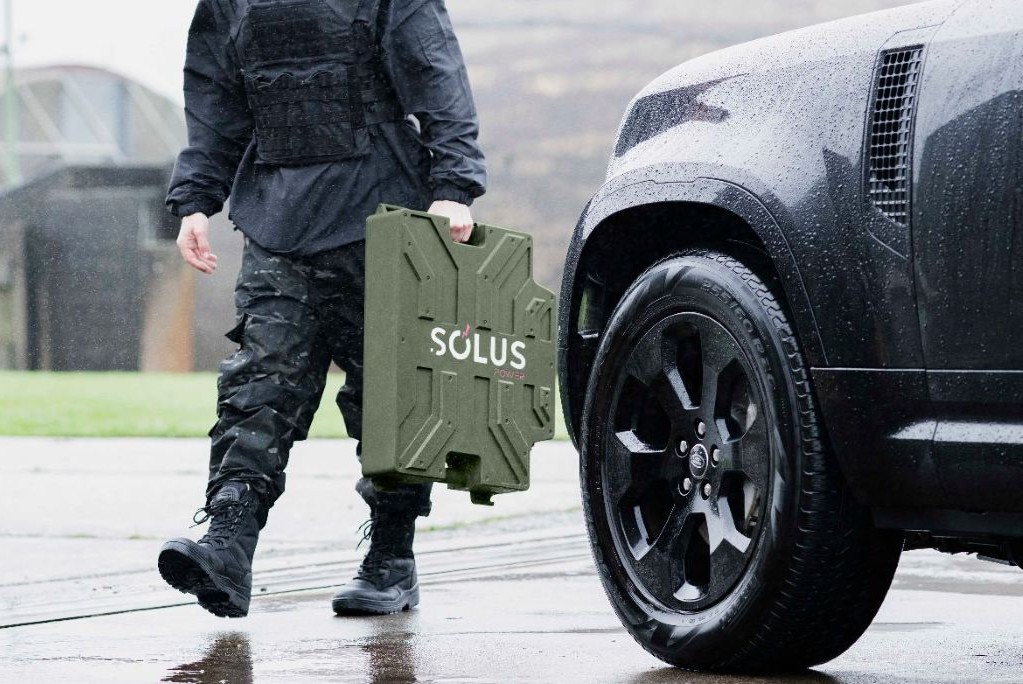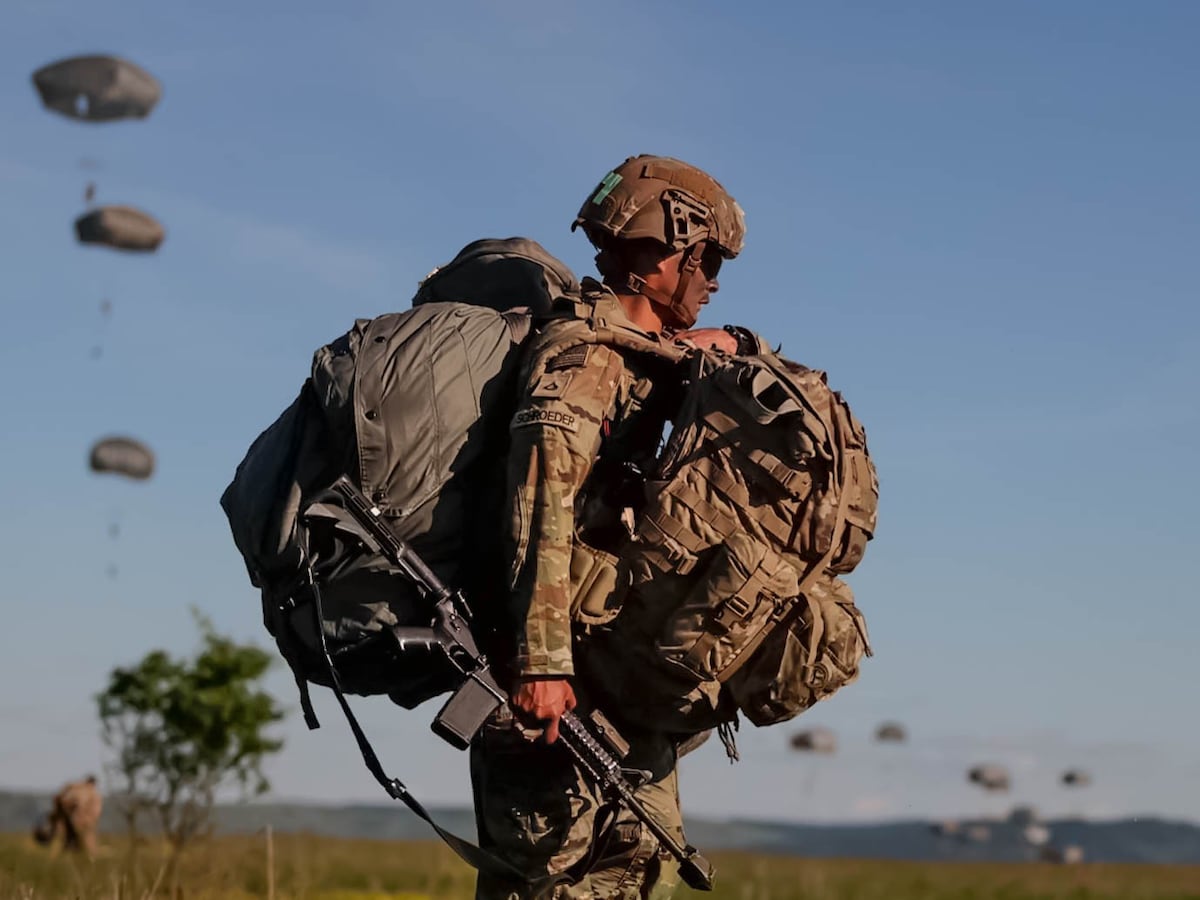Advances in Automatic Target Recognition for Navy Maritime Operations
The United States Navy is actively seeking innovative capabilities in automatic target recognition and tracking, particularly to address challenges posed by drone swarms and multiple maritime vessels. This initiative is aimed at enhancing the operational effectiveness of its maritime helicopters.
Request for Information: A Call to Industry Partners
Companies with expertise in this domain have an opportunity to contribute by responding to a recently released Request for Information (RFI) from the Naval Surface Warfare Center Crane. Responses are solicited by October 31.
Key Areas of Interest
Officials emphasize the necessity for solutions adept at navigating complex environments where multiple targets coexist. The desired capabilities include:
- Detection and Identification of various targets in cluttered settings.
- Multi-Object Tracking capabilities for simultaneous engagement of multiple vessels and unmanned aerial systems (UAS).
- Robust functionality in conditions featuring fog, rain, wind, and other environmental obscurants.
The Navy’s interest extends to different types of sensor arrays that facilitate tracking from air to sea or air-to-air scenarios against maritime backgrounds.
Detailed Requirements
Respondents are encouraged to provide a comprehensive overview of their technological approaches, algorithms, and the operational contexts for which their solutions are designed. Critical considerations include:
- The ability of the proposed systems to generate and sustain unique tracking identifiers for targets under challenging conditions.
- Insights into current sensor data technologies being utilized and the possibility of supplying labeled training datasets that can enhance operational readiness.
Moreover, the Navy seeks clarity on how the tracking data is communicated to human operators, underscoring the importance of human-machine interaction in military operations.
Strategic Context
This RFI surfaces at a crucial time as the Navy, along with the broader U.S. military, confronts emergent threats from drone swarms, particularly observed in conflict zones such as Ukraine and the Middle East. The evolving nature of warfare emphasizes the need for advanced tracking systems capable of addressing asymmetric threats effectively.
- Global Security Landscape: The increasing prevalence of drone technology in conflict exemplifies the urgency of developing sophisticated countermeasures and situational awareness tools.
- Increased Operations in Diverse Environments: The focus on maritime operations is particularly relevant in light of contemporary military engagements in strategic areas like the Caribbean, where U.S. interests are challenged by illicit maritime activities.
By investing in these advanced tracking capabilities, the Navy aims to maintain superior operational readiness and adaptability in a rapidly evolving threat environment.
Conclusion
The Navy’s pursuit of advanced automatic target recognition capabilities reflects a strategic imperative to counter emerging threats and ensure maritime dominance. As industry partners prepare their responses, the emphasis on robust tracking systems that can operate effectively in varied and adversarial conditions remains paramount. This initiative not only highlights the Navy’s commitment to technological innovation but also underscores the importance of industry collaboration in enhancing national defense capabilities.





